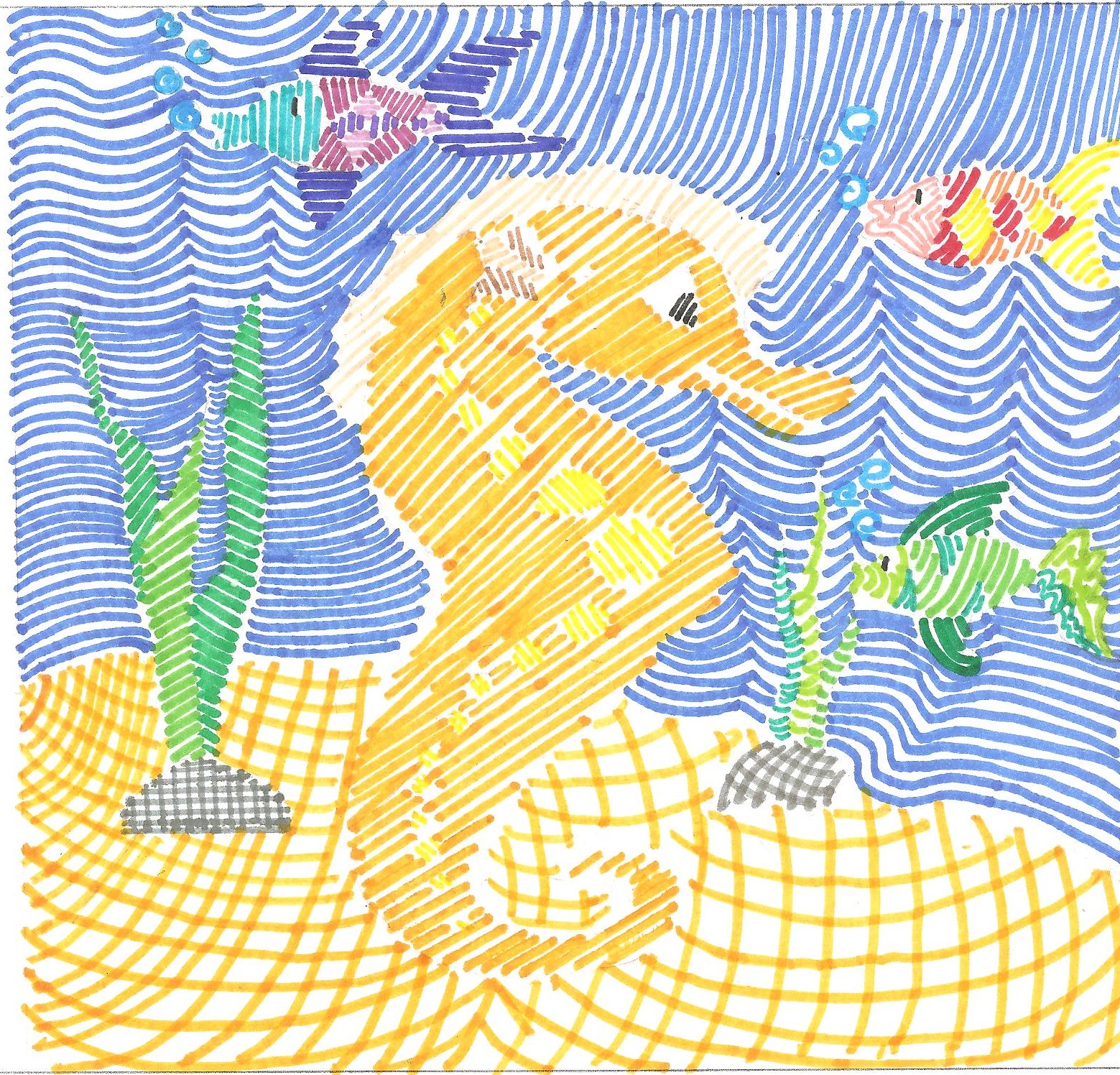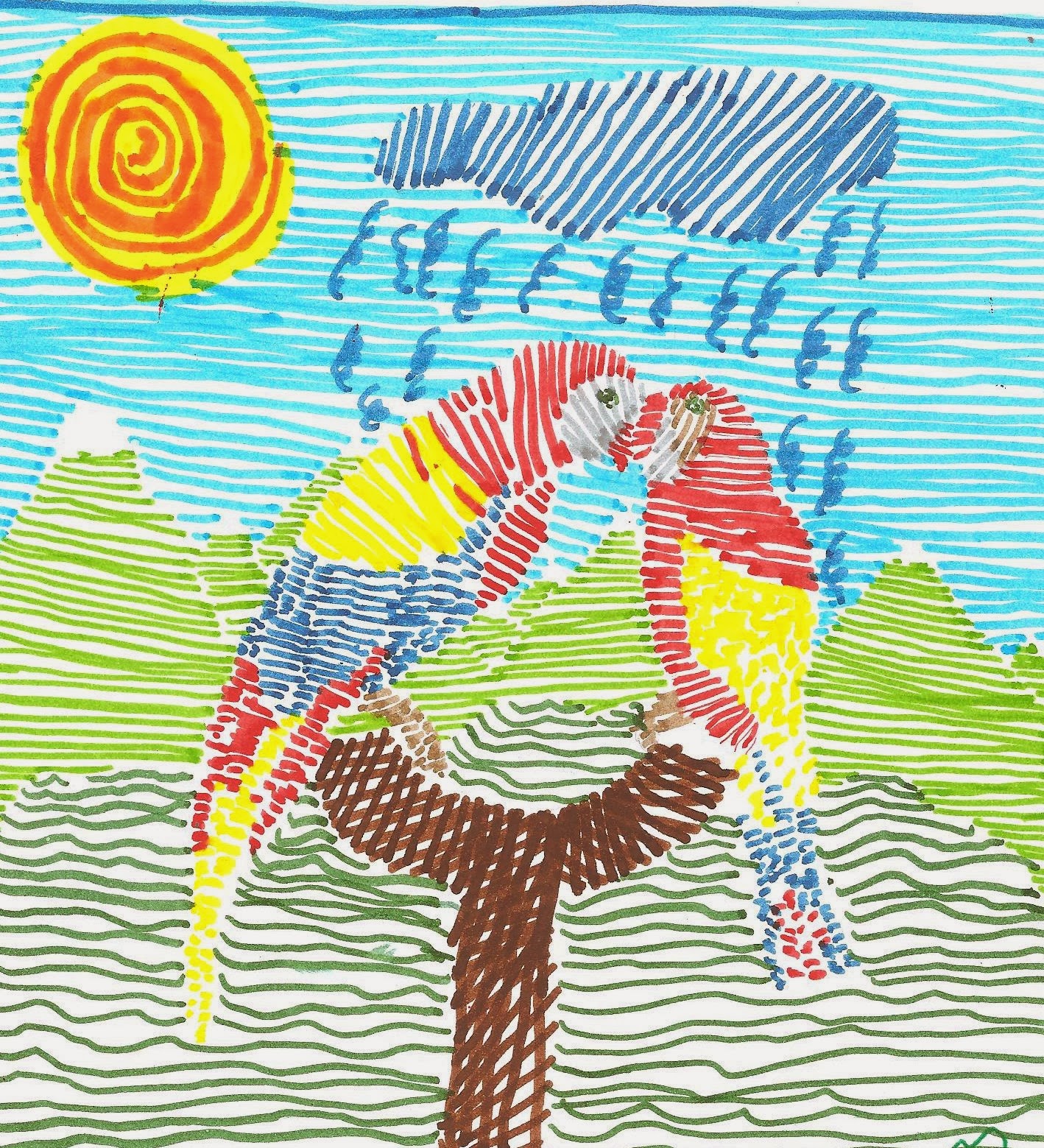Line drawing, or dibujo de lineas as it's known in Spanish, is an incredible way to express creativity and bring life to your artwork. Whether you're a beginner or a seasoned artist, understanding the basics and techniques of line drawing can transform your creative journey. It's like painting with words, but instead, you're painting with lines. Imagine being able to create stunning visuals with just a pencil and paper. That's the magic of dibujo de lineas!
Think about it—every great masterpiece starts with a single line. From the rough sketches of Leonardo da Vinci to the modern works of contemporary artists, line drawing is the foundation of it all. It's not just about creating shapes; it's about telling a story, capturing emotions, and bringing ideas to life. And the best part? You don't need fancy tools or expensive materials to get started. All you need is passion and a willingness to learn.
So, why should you care about dibujo de lineas? Well, it's more than just drawing. It's about honing your skills, improving your artistic vision, and expressing yourself in ways words can't. Whether you're looking to enhance your portfolio, explore a new hobby, or simply enjoy the therapeutic benefits of drawing, this guide will help you every step of the way. Let's dive in and discover the world of line drawing together!
- How To Add Friends In Free Fire By Id The Ultimate Guide For Players
- Kenadie Schultz Rising Star Inspiring Journey And Everything You Need To Know
What is Dibujo De Lineas?
Dibujo de lineas, or line drawing, is the art of creating images using only lines. No shading, no colors, just pure, raw lines that define shapes, forms, and textures. It's like the skeleton of an artwork, providing structure and depth without all the fancy details. Think of it as the blueprint of your creative masterpiece.
But dibujo de lineas is more than just lines on paper. It's a way to communicate visually, to convey emotion, movement, and even mood. A single line can express joy, sadness, tension, or calmness. It's a powerful tool that every artist should master, regardless of their style or medium.
Why is Line Drawing Important?
Line drawing is the backbone of any visual art form. Here are a few reasons why it's so important:
- Jennifer Lawrence And Abercrombie Amp Fitch A Starstudded Connection
- Gon Happy Your Ultimate Guide To Living Happier Every Day
- Foundation for All Art: Whether you're painting, sculpting, or designing, line drawing is the starting point. It helps you understand proportions, anatomy, and perspective.
- Improves Observation Skills: Line drawing forces you to pay attention to details. You learn to see the world differently, noticing the curves, angles, and patterns that make up everything around you.
- Therapeutic Benefits: Drawing lines can be incredibly calming. It's a great way to unwind after a long day and express your emotions in a healthy way.
- Accessible and Affordable: You don't need expensive tools or materials to start. All you need is a pencil and paper, making it one of the most accessible art forms out there.
History of Line Drawing
Line drawing has been around for centuries, evolving with each generation of artists. From the cave paintings of our ancestors to the digital art of today, the art of dibujo de lineas has stood the test of time. It's a universal language that connects us to our past and helps us express our present.
Evolution of Line Drawing Techniques
Over the years, line drawing techniques have evolved significantly. Here are a few key milestones:
- Cave Paintings: Early humans used lines to depict animals, hunting scenes, and daily life. These primitive drawings laid the foundation for all art forms.
- Renaissance Masters: Artists like Leonardo da Vinci and Michelangelo perfected the art of line drawing, using it to study anatomy and create lifelike figures.
- Modern Art Movements: The 20th century saw the rise of abstract and minimalist art, where line drawing took center stage. Artists like Piet Mondrian and Wassily Kandinsky used lines to create powerful, thought-provoking works.
Basic Techniques in Dibujo De Lineas
Mastering dibujo de lineas starts with understanding the basic techniques. Here are a few you should know:
1. Continuous Line Drawing
This technique involves drawing an image without lifting your pencil from the paper. It's all about capturing the flow and movement of the subject. Continuous line drawing is great for improving your hand-eye coordination and creating dynamic, expressive pieces.
2. Cross-Hatching
Cross-hatching involves creating layers of intersecting lines to add depth and texture to your drawings. It's a popular technique for adding shading and dimension without using actual shading techniques.
3. Contour Drawing
Contour drawing focuses on the outlines and edges of a subject. It's all about capturing the essence of the object without getting bogged down by details. This technique is perfect for improving your observation skills and creating clean, elegant lines.
Tools You Need for Dibujo De Lineas
While dibujo de lineas is an accessible art form, having the right tools can make all the difference. Here's what you'll need:
- Pencils: Start with a basic set of graphite pencils (2H, HB, 2B). They're versatile and great for beginners.
- Pens: Fine-liner pens are perfect for creating precise, clean lines. They come in various thicknesses, so you can experiment with different effects.
- Paper: Choose a good quality drawing paper that can handle different mediums. Sketchbooks are also a great option for practicing on the go.
- Erasers: A kneaded eraser is a must-have for correcting mistakes and creating highlights.
Advanced Techniques in Line Drawing
Once you've mastered the basics, it's time to take your dibujo de lineas skills to the next level. Here are a few advanced techniques to try:
1. Stippling
Stippling involves creating patterns of dots to add texture and shading to your drawings. It's a time-consuming technique, but the results are stunning and intricate.
2. Scribble Art
Scribble art is all about embracing imperfection. By creating random scribbles and turning them into recognizable shapes, you can create unique and whimsical pieces.
3. Gesture Drawing
Gesture drawing focuses on capturing the movement and energy of a subject in a short amount of time. It's a great exercise for improving your speed and intuition as an artist.
Benefits of Practicing Dibujo De Lineas
Practicing dibujo de lineas offers numerous benefits, both artistic and personal. Here are a few:
- Improved Hand-Eye Coordination: Regular practice helps you develop better control over your tools and movements.
- Enhanced Observation Skills: You'll start noticing details you never paid attention to before, making you a more observant and thoughtful artist.
- Therapeutic Effects: Drawing lines can be incredibly calming, helping you reduce stress and anxiety.
- Creative Expression: Line drawing allows you to express yourself in unique and meaningful ways, opening up new avenues for creativity.
Common Mistakes in Dibujo De Lineas
Even the best artists make mistakes when learning dibujo de lineas. Here are a few common pitfalls to avoid:
- Overthinking: Don't get too caught up in perfection. Sometimes the best drawings come from letting go and allowing your hand to flow freely.
- Ignoring Proportions: Pay attention to the size and placement of elements in your drawing. Proper proportions make a huge difference in the overall look of your piece.
- Forgetting to Experiment: Don't be afraid to try new techniques and tools. The more you experiment, the more you'll grow as an artist.
Resources for Learning Dibujo De Lineas
There are plenty of resources available to help you learn and improve your dibujo de lineas skills. Here are a few recommendations:
- Books: "Drawing on the Right Side of the Brain" by Betty Edwards and "The Natural Way to Draw" by Kimon Nicolaides are great starting points.
- Online Courses: Platforms like Udemy and Skillshare offer a wide range of courses on line drawing techniques and tips.
- YouTube Tutorials: There are countless free tutorials available on YouTube, covering everything from basic techniques to advanced tips.
Conclusion
Dibujo de lineas is an incredible art form that offers endless possibilities for creativity and expression. Whether you're a beginner or a seasoned artist, mastering the art of line drawing can take your skills to new heights. Remember, practice makes perfect, so don't be afraid to experiment and make mistakes. The more you draw, the better you'll become.
So, what are you waiting for? Grab your pencil and paper and start creating today! And don't forget to share your journey with us in the comments below. We'd love to see your progress and hear about your experiences with dibujo de lineas. Happy drawing!
Table of Contents
- Is Danny Devito A Midget Separating Fact From Fiction
- Renpure Lawsuit The Controversy Unveiled And What You Need To Know


